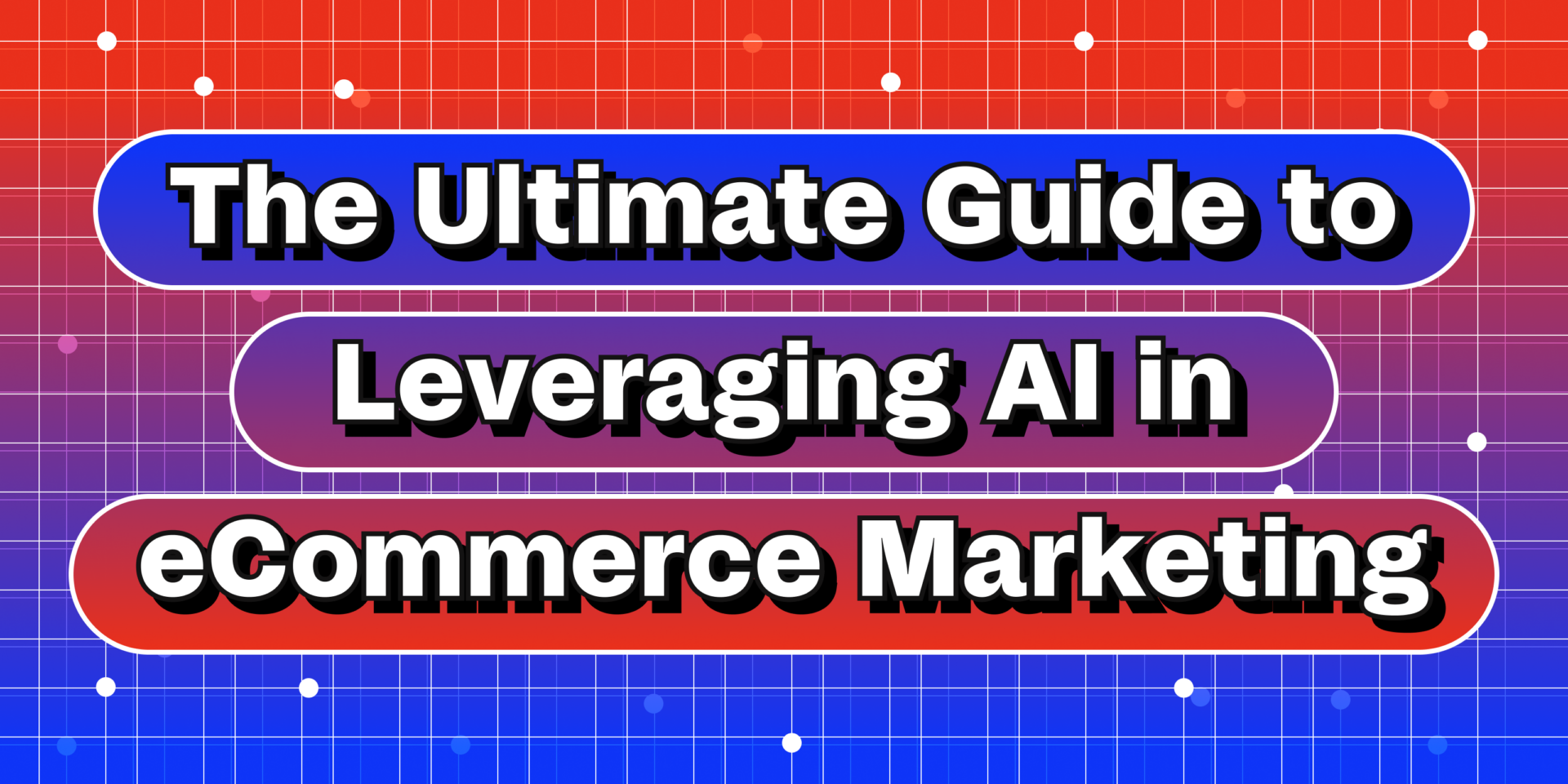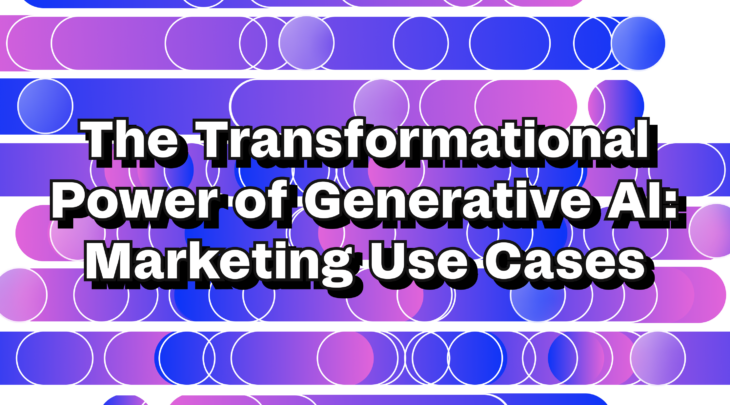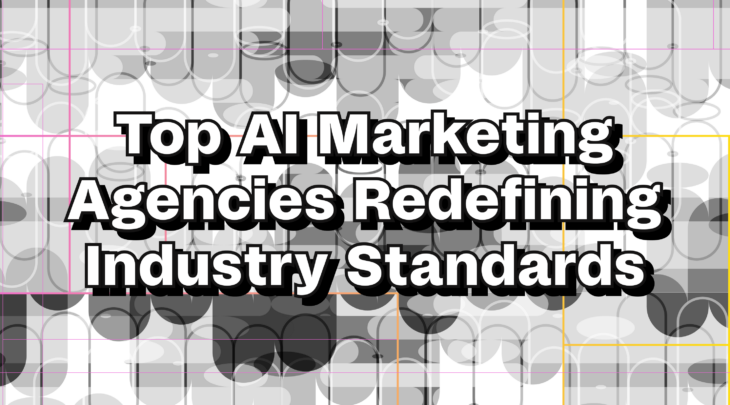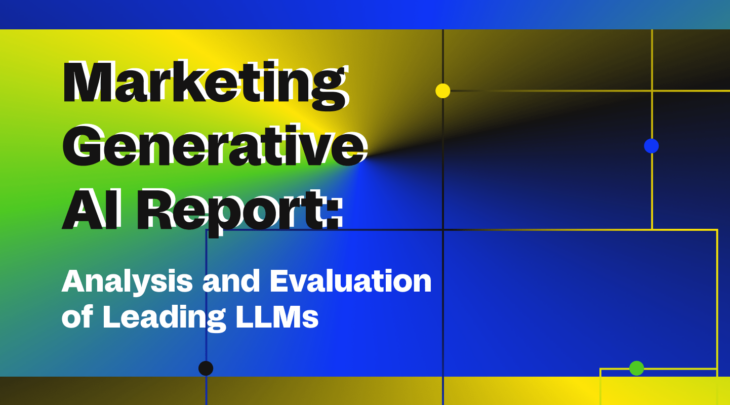The digital landscape, particularly in eCommerce, has seen a dramatic transformation over the years. One of the key drivers of this change has been the role of data, namely its collection, analysis, and utilization. Artificial Intelligence (AI) is setting new benchmarks in this domain, turning real-time insights into customer behavior that was previously unattainable. This article will dive into the ways AI is revolutionizing eCommerce marketing.
This consistent flow of customer data aggregation combined with the continuous training of the Large Language Models (LLMs) creates a feedback loop that ultimately leads to an eCommerce business providing their potential customer with a more targeted and effective online shopping experience.
AI can sound daunting because it is “the unknown,” but it’s not something that is entirely new to us as everyday consumers. Have you ever seen Amazon suggest “products you might also like”? This is just one small example of how AI is already using large amalgamations of consumer data to drive value to the end-user.
How to Build an eCommerce Website with AI
We live in an era where customer experiences are the cornerstone of e-commerce businesses, and data aggregation is the backbone. It plays a pivotal role in personalizing marketing campaigns, creating a seamless personalized customer experience, and even driving online business decisions. And, with the retail industry becoming increasingly competitive, understanding customer interactions at a granular level is not just an advantage; it’s a necessity.
An online retailer’s website serves as their digital storefront, a crucial touchpoint that can make or break the customer experience. Whether you’re unveiling a brand-new site or fine-tuning a landing page based on valuable insights, Artificial Intelligence offers a multitude of avenues for enhancing user engagement and satisfaction.
A prime example of this in action is Shopify’s AI-Generated Product Descriptions feature. This innovative tool simplifies what can often be a labor-intensive process—crafting compelling product narratives—transforming it into a seamless, efficient task, contributing to a more cohesive online shopping experience.



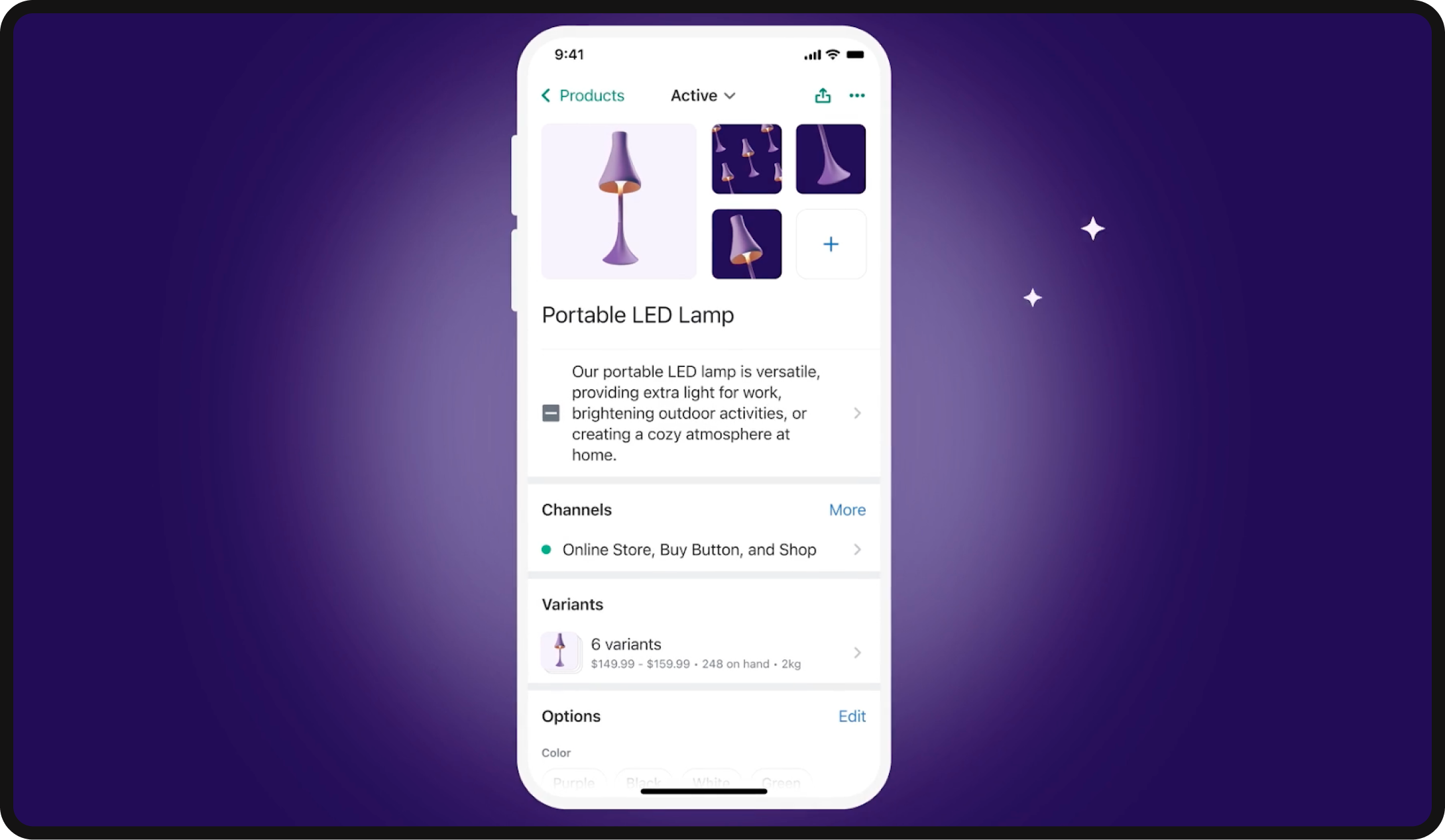
Additionally, retail businesses can use AI to improve the customer experience while saving costs on human labor. One quick guess—you would probably prefer speaking to a human over a robot in a situation where customer service is needed, right?

Well, that might not be true for much longer with Artificial intelligence tools in the picture. Another way a brand can utilize AI is to enhance its customer service offering with robust AI-powered chatbots. To make a chatbot smarter with AI, you’d first teach it to understand how people naturally speak so it gets what they’re actually asking for. Next, you’d keep updating its ‘knowledge’ based on what it learns from talking to customers, making it better over time. Lastly, ensure that if the bot gets stumped or the conversation gets tricky, it knows when to pass the chat to a real person for help.
For brands like Duolingo, Chat-GPT-powered Duolingo Max is one example of how AI has already revolutionized the way users engage brands and their relevant products. In this case, Duolingo users use Duolingo Max as a conversational way to learn new languages.

Best-Practice Tip: Train your chatbots to handle a wide array of queries but also to recognize when to hand off to a human agent.
One AI use case that you might be familiar with is the Amazon subscription service that offers lower pricing for recurring product subscription purchases. As a part of this feature, Amazon uses Artificial Intelligence to make suggestions if you are running low on quantities of recurring product purchases and suggests that you restock before you run out.
For example, Amazon has a customer who orders a supplement as part of their subscribe & save program. On average, the customer places 1 order every 7-9 weeks. With AI, Amazon is able to predict when the customer is likely to run out of product, prompting a CTA to repurchase the product with enough time for delivery so that you’re never without the product you need. The advantages here are that brands can drive more purposeful and intentional interactions with the customer, and the customer will notice. A customer is more likely to continue to purchase with a brand that feels like it’s personally helping them and meeting their needs.
Predictive Analytics and Inventory Management
Inventory management is the unsung hero of eCommerce businesses. It may not be as glamorous as marketing campaigns or user interfaces, but it’s absolutely crucial for smooth operations and customer satisfaction. In an industry where timing is everything, having the right product available at the right time can make or break a sale—and a customer relationship. This is where predictive analytics, powered by Artificial Intelligence (AI), comes into play. By leveraging AI, eCommerce retailers can forecast inventory needs with remarkable accuracy, ensuring that they’re always one step ahead of consumer demand.
Imagine running an online fashion store. The holiday season is coming up, and you’re unsure how many units of a new trendy sweater to stock. AI can come to the rescue by analyzing historical sales data and current fashion trends. It can even predict how many sweaters you’re likely to sell, allowing you to stock just the right amount. And it is ever-evolving. The more it experiences, the better it gets. For brands, this means no more overstocking and steep discount sales and no more frustrated customers finding their size is out of stock.
AI-Driven Customer Segmentation and Personalization
Among the endless use cases for AI in eCommerce is another fascinating one worth mentioning. AI advanced algorithms can sift through massive datasets to identify patterns and segments that might not be apparent to the human eye. These insights can be incredibly valuable in tailoring personalized marketing campaigns on social media platforms.
Segmentation, creative / messaging experimentation, and garnering continuous learning are all keys to success for any business. With advances in AI and Generative AI, businesses can now employ AI-driven customer segmentation in their paid social campaigns.
Let’s delve into how AI tools like ChatGPT or MidJourney can significantly enhance your paid social campaigns, particularly in the e-commerce sector.
Robust A/B Testing Frameworks
Traditional A/B testing often involves manual effort and is limited by human biases and capabilities. AI tools can automate this process, designing hundreds of tests simultaneously to identify the most effective messaging and creative components. This is crucial for e-commerce businesses where even a slight increase in CTRs (click-through rates) can translate to substantial revenue gains.
Tailored Advertising Strategies
One of the most compelling features of AI in advertising is its ability to create highly customized strategies. By analyzing vast sets of data, AI can identify nuanced audience segments and tailor ad copy and creative elements to resonate with these specific groups.
For instance, an AI tool can craft LinkedIn ad copy targeting C-suite executives in the tech industry or develop Meta ad copy aimed at homeowners interested in remodeling. These tailored solutions are designed to maximize engagement and performance metrics, ensuring a higher ROI on your advertising spend.
Data-Driven Creative Ideation and Copywriting
AI tools can also assist in the creative process by analyzing historical data and current market trends. This enables them to offer creative ideation that is not just innovative but also grounded in data. Whether it’s generating compelling headlines, crafting persuasive body copy, or even suggesting visual elements, AI can significantly speed up and enhance the creative process.
Comprehensive Analytics and Insights
One of the most transformative aspects of AI in paid social campaigns is its ability to provide in-depth analytics and insights. AI tools can track a multitude of metrics in real time, from customer engagement rates to conversion metrics, and offer actionable insights. This data-driven approach allows for agile adjustments to campaigns, ensuring optimal performance at all times.
AI Tools: Challenges and Solutions
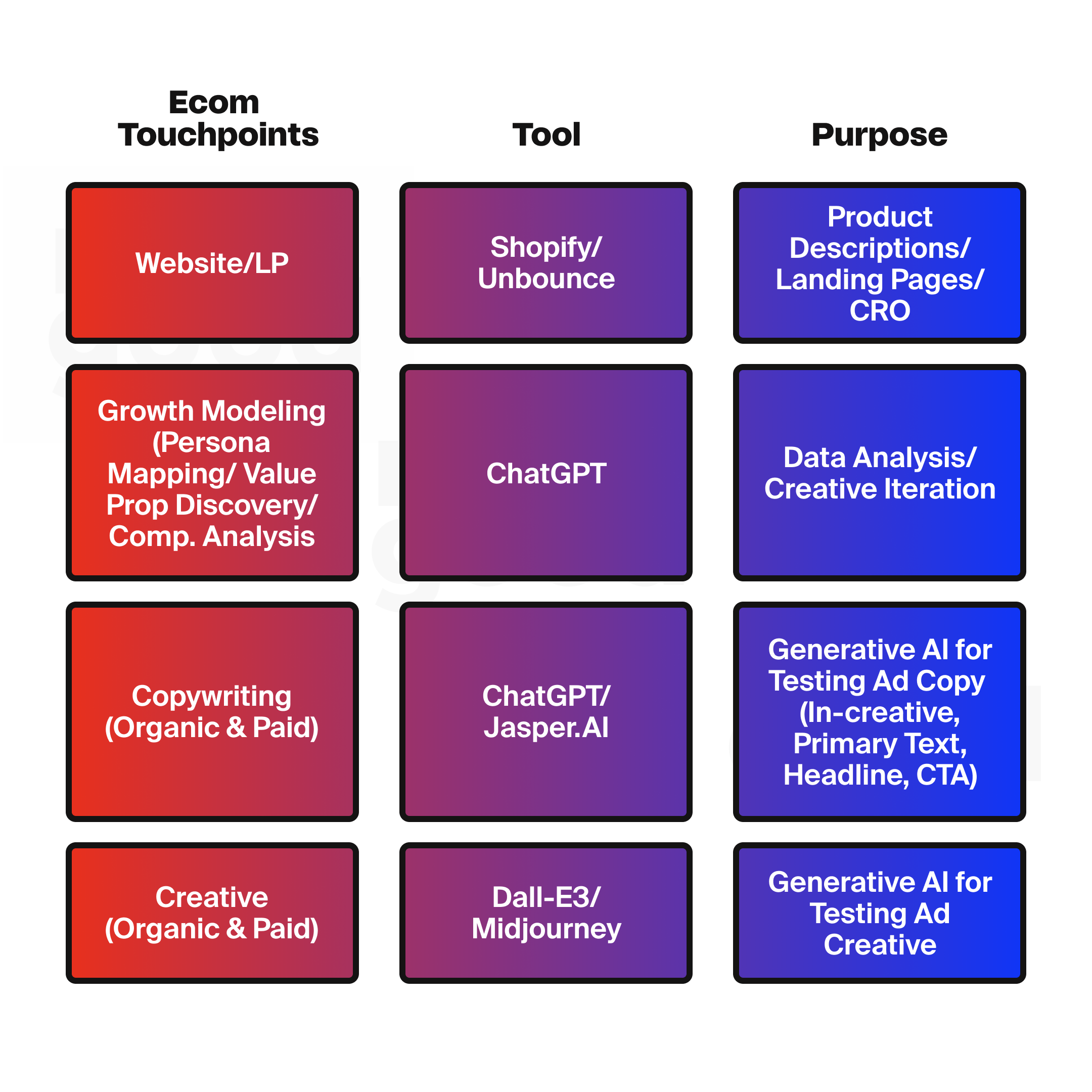
As much as AI thrives on data to make intelligent predictions and improve customer experiences, there’s a growing challenge that can’t be ignored: the tightening regulations around personal data privacy. Social platforms, where many ads are served, are becoming more restrictive about data collection. In this environment, the value of first-party data—information willingly and directly provided by customers—becomes paramount.
Businesses, especially in eCommerce, are now encouraged to strengthen their first-party or even zero-party data touchpoints. These are instances where customers voluntarily offer information, perhaps through surveys or personalized account settings, which can be invaluable for targeted marketing and personalization. Balancing technological advancement with ethical data collection practices is the new tightrope that eCommerce businesses must walk.
Conclusion
The realm of eCommerce is no longer just about transactions; it’s about experiences. At the heart of these experiences is data, smartly leveraged through the power of Artificial Intelligence. From enhancing customer service with AI-backed chatbots, as seen with innovative platforms like Duolingo Max, to smart inventory management and hyper-personalized marketing campaigns, AI is not just a technological advancement—it’s a paradigm shift.
In this context, it’s worth noting that platforms like Shopify offer a range of AI-powered tools designed specifically for online retailers. These tools can help businesses optimize their websites, from generating product recommendations based on user behavior to automating customer service interactions.
Additionally, with paid social advertising, by automating A/B testing, providing tailored advertising strategies, aiding in creative ideation and copywriting, and offering robust analytics, AI can be a game-changer for e-commerce businesses. The integration of AI into your paid social campaigns for your e-commerce brand can result in more effective advertising strategies that are both creative and data-driven, ultimately leading to a higher ROI.
However, like all powerful tools, AI comes with its challenges. In an era where data privacy is becoming increasingly paramount, the onus is on businesses to adapt, prioritizing first-party data and ethical practices.
This isn’t merely about compliance; it’s about building trust and long-term relationships with customers. As the digital landscape continues to evolve, the eCommerce businesses that will truly stand out will be those that seamlessly blend technology, ethics, and an unerring focus on customer experience.
